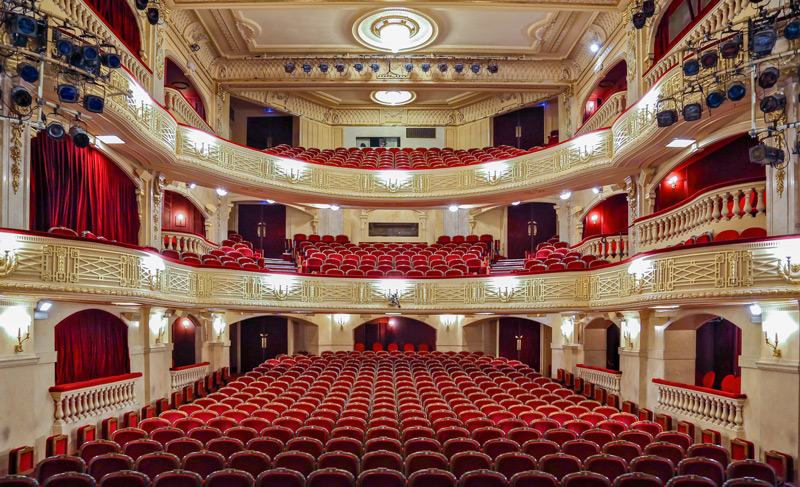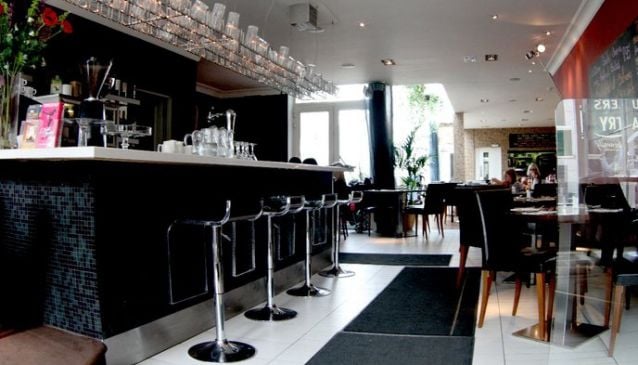

His father ran a publishing business, his mother a maternity clinic. His family moved to France when he was two, and he grew up in the Parisian suburb of Vincennes. Zana was born in 1960 in Sousse, Tunisia. “For me, they are fundamental and essential objects that have existed since antiquity,” he explains. Zana has a particular passion for vases, of which he estimates he owns some 300, displayed both in his apartment and partly locked away in storage. Today, in his Paris apartment in an 18th-century building in Faubourg Saint-Germain, you can find several pieces by the 1970s Italian design collective Alchimia, a table by Peder Moos, lighting by Angelo Lelli, ceramics by Sottsass, and furniture and vases by Andrea Branzi. He started acquiring art books from dealers in Saint-Germain-des-Prés at an early age and bought his first design object - a piece of 1950s blue Venini glassware - at the age of 25.

Zana’s affinity for such projects is no doubt largely due to the fact that he is also a keen collector. “The ‘wow’ factor should come from the art.”Ĭane-back chairs surround a marble dining table in this Paris apartment, which has a black, white and gray palette. “We aim for serenity in the decoration rather than creating strong visual effects,” he explains. “There is never a clash between the art, the architecture and the design.” For Zana himself, the skill is in finding the perfect balance. “Charles excels at the dialogue between the disciplines,” adds his friend Marc Benda, of the New York gallery Friedman Benda, from whom Zana sources objects by such design talents as Ettore Sottsass and Byung Hoon Choi. “He creates spaces where the artworks can breathe and bring a certain originality to an interior.” “His strengths are the elegance and sobriety of his work,” enthuses one client, Monaco-based Madame Pastor. He also decorated a home in Paris’s 16th arrondissement for a woman whose focus is French art from the 1970s. One - a house in the Parisian suburb of Neuilly-sur-Seine that was published earlier this year in Architectural Digest - features works mainly by contemporary painters. “Plus, there’s something lighthearted, which I like - a bit of la dolce vita spirit.”Īnother of Zana’s particularities is that a large majority of his residential projects are for art collectors. “There was great quality to both the design and manufacturing,” he explains. And he has an overriding passion for post-war Italian design. He’ll often commission pieces from such contemporary designers as Eric Schmitt and Johanna Grawunder and mix them with 2oth-century classics by the likes of Charlotte Perriand and Roger Tallon. His furnishings, meanwhile, are unmistakably modern. Zana himself notes a distinctive palette (“harmonies of grays and greens”) and the use of more traditional architectural detailing, often in the form of paneling and cornices inspired by 18th-century models.

“He has a great way with volumes,” says Kalt. There’s always a sense of balance, a certain orderliness and a tremendous precision. Which is not to say that the interiors he creates don’t share recognizable traits. “He’s much more versatile than many of his peers.” “What’s nice is to create an atmosphere specific to each space.” “He doesn’t force a style upon his clients,” concurs the editor in chief of AD France, Marie Kalt. “I’m not into hard-and-fast recipes,” he states. Paris-based designer Charles Zana likes to think he doesn’t have a set aesthetic.

Photos by Jacques Pépion, unless otherwise noted Top: The neutral palette in this Paris apartment puts the focus on the homeowner’s art collection, which includes pieces by Takashi Murakami and Andy Warhol. Designer Charles Zana creates serene spaces, letting the artwork provide the “wow” factor (portrait by Yannick Labrousse).


 0 kommentar(er)
0 kommentar(er)
